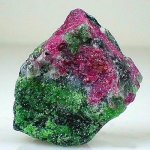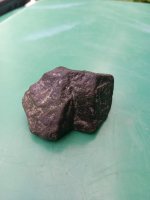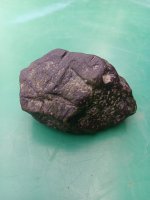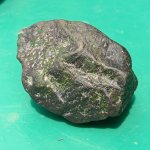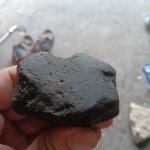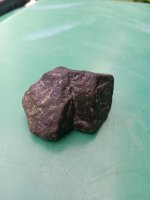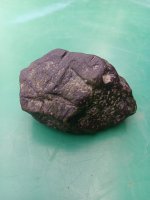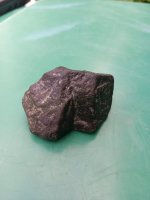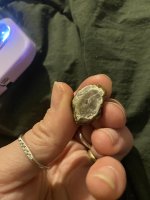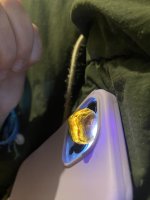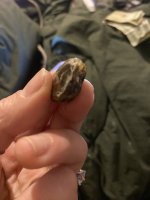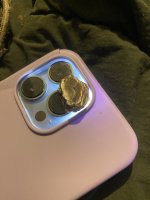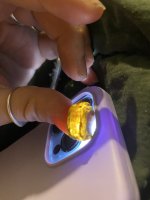Crendel
Jr. Member
Hello! I found this roughly egg sized rock in the niagara river in western new york in about 6 inches of water. I'm fairly familiar with a lot of the rocks found here but haven't come across something like this before. Feels about "normal" rock weight for its size. These are wet photos. (The green isn't algae). If anyone has an idea what this might be I'd be much obliged as I'm sort of stumped. Cheers!







